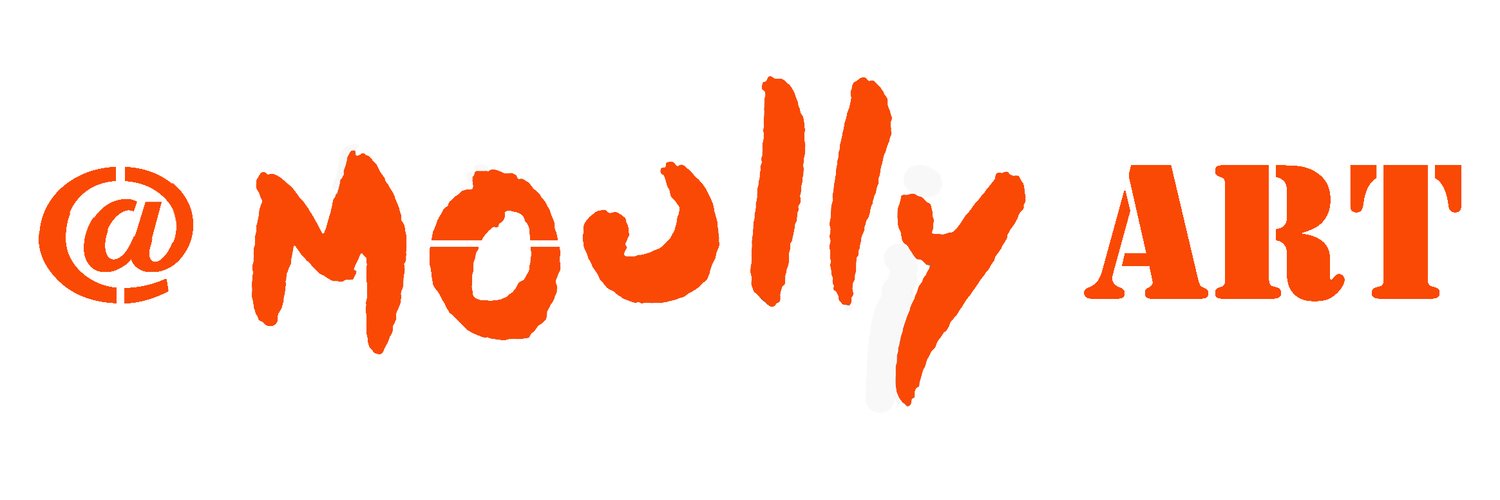‘Under the Black Hat’ Pop Art in Jerusalem Focuses on Chassidim
Rabbi Yitzchok Moully brings spiritual and emotional depth to a new exhibit
By Phreddy Nosanwisch October 24, 2017 12:18 PM
Yitzchok Moully was in the middle of what had been a normal day at work when, he said, he “received an email . . . a heavy email”—one that provokes reaction, that makes your stomach drop and clouds your head. “I said to myself, I can’t just hit delete. I need to print out the email. And burn it.”
For many, that would end with a momentary flare on a backyard barbecue. But Moully is an artist. And a Chabad-Lubavitch rabbi.
He began to think of Jewish purging rituals. First, fire: the burning of leaven before Passover, the kashering of kitchens and utensils. But cleansing is also done with water, more gently, through immersion, just as Jews have purified themselves for millennia in the mikvah, the ritual bath. From fire to water, from pain to art, “Digital Cleansing” was born.
“Digital Cleansing” is one of Moully’s pieces on display in the curated group show “Popthodox-Black Humor” until Nov. 16 as a part of the Third Jerusalem Biennale, a once-every-two-years’ exhibition featuring the work of some 200 Jewish artists from Israel and around the world.
“This piece is inspired by the High Holiday energy of realignment with G‑d and each other,” Moully tells Chabad.org. “We’ve all sent or received digital material we’re not so proud of—email, our browser history, social-media posts—that we’d like to rid ourselves of.”
The interactive work allows gallery-goers to send any of their unwanted digital baggage through an anonymous web form to a printer, which, according to the sender’s designation, deposits the document into either a barrel of water, where the ink dissolves, or into a barrel of fire, where it is incinerated.
“It’s bringing together Tashlich and the burning of chametz before Pesach in one succinct way,” explains the artist, who was born in Australia, and grew up there and in the Crown Heights neighborhood of Brooklyn, N.Y. “It’s a very Jewish concept brought into a contemporary digital space.”
‘A Point of Connection’
Merging the contemporary art world and the Orthodox world is the mission of Noa Lea Cohen, the curator of “Popthodox.”
“I started as a student at Hebrew University in Jerusalem in art history and realized that although I had learned so much about art, I didn’t see anything about myself” in that world, she says. “I started in my own way to find myself in contemporary art.”
Working on her Ph.D. at Bar-Ilan University in Ramat Gan, Israel, Cohen discovered that there were no published sources on Orthodox Jews working on contemporary art. So she had to go find the artists themselves, which eventually led her to becoming a curator.
The theme for this Biennale is “Watershed,” which refers to how rivers and streams split and converge in their journey to the sea. Cohen selected works, including those made by Moully, for the show “Black Humor” (cheekily nodding to the ubiquitous black clothing worn in many Orthodox communities) to show and/or inspire the convergence of all those communities in Israel. Or, as she explains: “to see what haredi Jews think about themselves and G‑d, and not an ethnographic exhibition of them from outside.”
Secondly, she says, “the gallery is a point of connection . . . beyond barriers.”
Cohen points to the centerpiece of the show: “Orange Socks” by Moully. It fills an entire wall of the gallery, from floor to ceiling, and depicts the life-size silhouettes of 12 Chassidim, one of whom shows a flash of color. The original was only 10x30 inches, but Cohen convinced Moully to reproduce larger “to allow people to picture themselves in it.” Many people in the gallery have stopped to take pictures with the work, making it appear that they are in line with the figures, “creating empathy,” she says.
The Chassid in the orange socks is Moully’s own self-portrait. After years of working as a rabbi by day and an artist at night, he says: “I got to the point where I couldn’t do both anymore. I called my rabbi, and I said maybe I should stop painting; it’s getting in the way of my rabbinical work.”
Moully was surprised by his mentor’s response: Take the gifts that G‑d gave you and impact the world in a meaningful way. So today, says Moully: “I’m a full-time artist.”
“Orange Socks,” he describes, is about “contrasting what people think of as a homogeneous Chassidic experience. There’s one guy with orange socks, which really says that all 11 of them have their own personalities. The Chassidic experience isn’t as carbon copy as people think.”
“We each have to personalize our Judaism; we each have to celebrate our Judaism; and within the parameters of Judaism, we have to celebrate our uniqueness and what we can bring to the table,” the artist goes on to say. “Part of my job is to tell the wider world that Chassidim do have color, and we all have something unique to share with world. And the other half of my job is to tell the Orthodox community about their own color.”
See Rabbi Yitzchok Moully’s work and the rest of the pieces in “Black Humor” until Nov. 16 at the Third Jerusalem Biennale, Beit Chassid at 47 Emek Refaim, Jerusalem.

